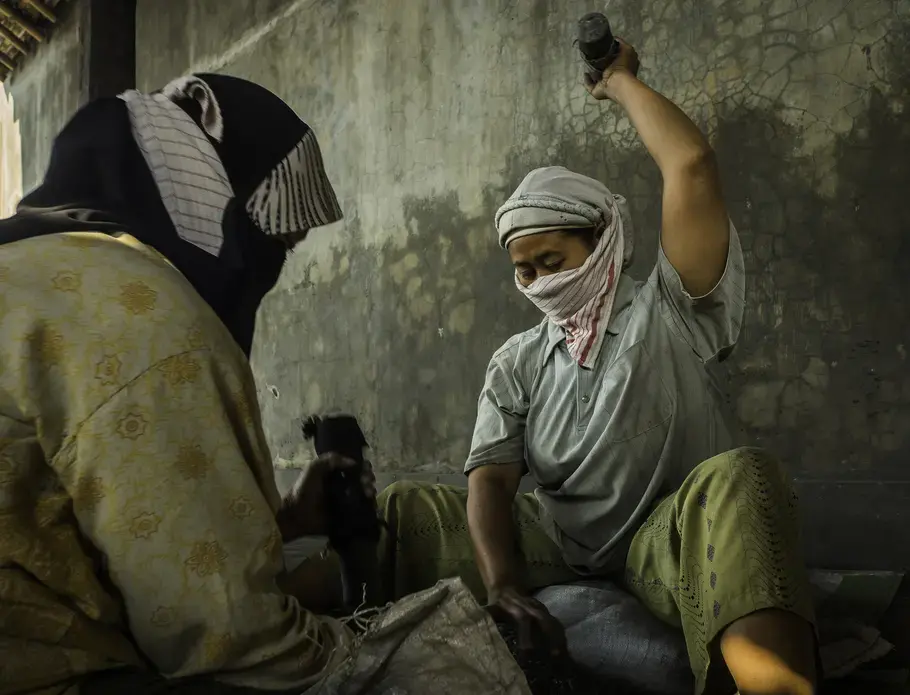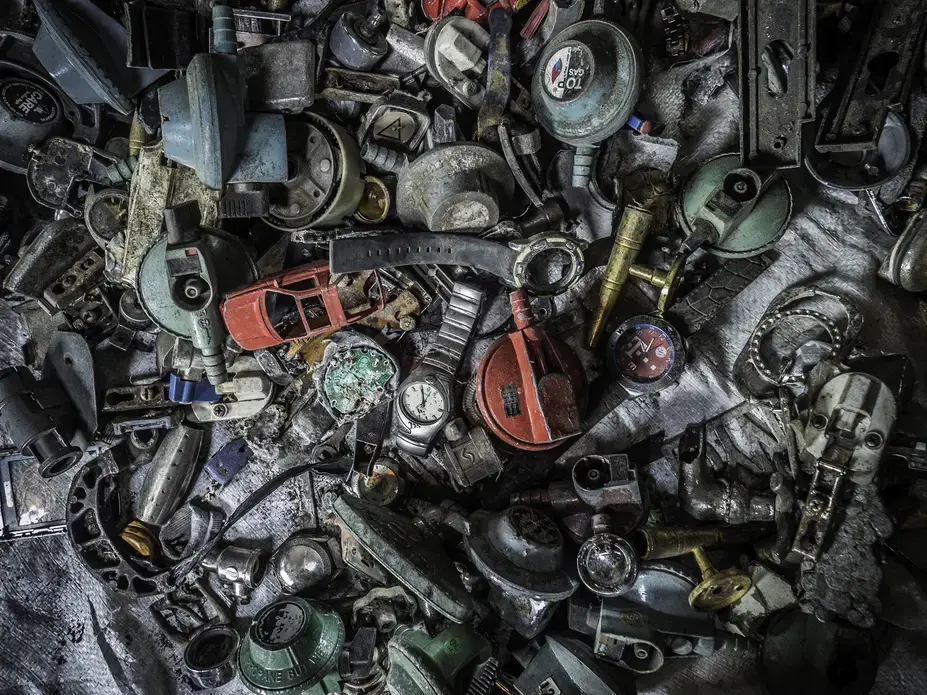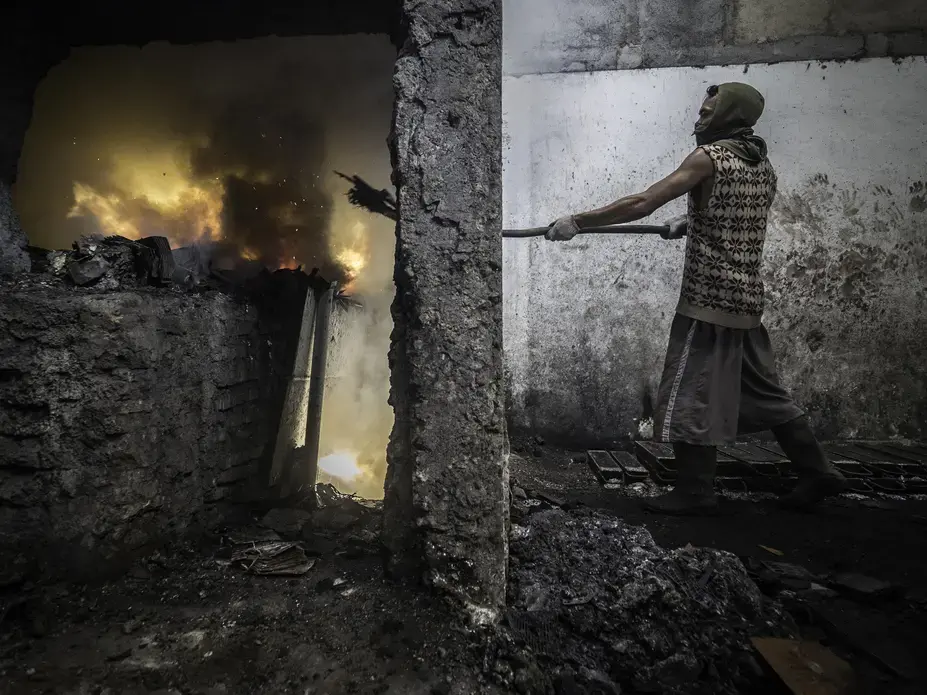It's a paradox that one of the world's recycling success stories is also responsible for pollution on a massive global scale. Production of vehicle and industrial lead acid batteries account for more than 85 percent world's annual lead production. Consider that almost 99 percent of this production is eventually recycled and one would think that the life cycle of a typical automobile battery would be a textbook example of efficient green technology. Quite the opposite is true. With tens of millions of batteries flowing into recycling centers around the world, the demand for recycled lead far outstrips the capacity of the thousands of industrial and small-scale smelters scattered around the world.
Large-scale, high-tech smelters are capable of safely extracting and smelting lead from the used batteries. But tucked away in back alleys, tiny villages and remote industrial zones around the world are thousands of smaller operators who smelt lead with little regard for environmental regulations. These small-scale operations release hundreds of tons of lead particulate into the environment each year, poisoning the air, the soil and the ground water of nearby populations. This photo essay offers a rare glimpse inside several recycling smelters on the island of Java in Indonesia. Here, lead levels of entire villages are chronically high. Those exposed for years are already showing signs of lead poisoning. Tragically, those most at risk are the children who live in close quarters to the smelters that spew the black toxic waste.
















































